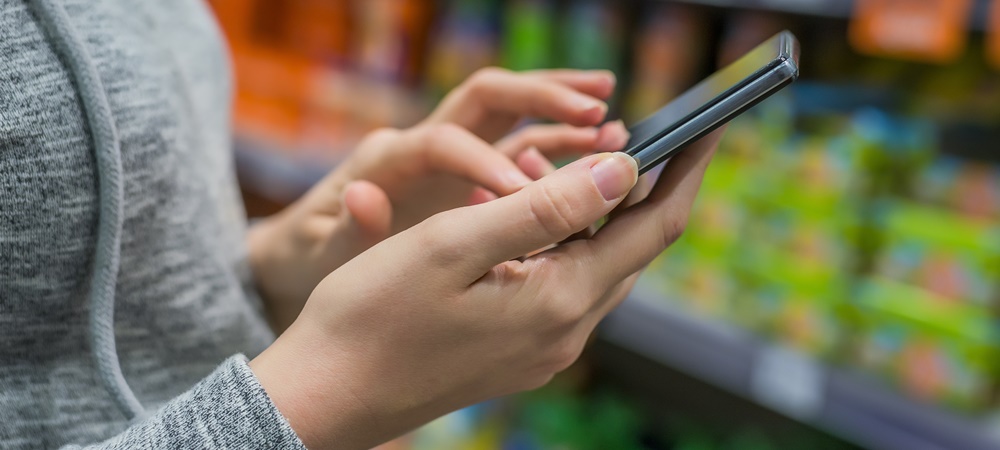We’re no strangers to the impact of digital technology on society, and online shopping is now the norm for many Australians, but brick and mortar C-store operations are at risk of being left behind, according to digital entrepreneur Az Yousaf.
Yousaf, general manager of data gathering and analysis service Kalido, said there’s a lot of room to build on the digital side of C-store sales, and that Australia is lagging behind the rest of the world.
“I think that retailers in Australia have done some great work, for example the 7-Eleven app, which allows you to find the lowest price for fuel and lock it in for seven days,” he said.
“No doubt 7-Eleven collects the data, but I think that typically retailers in Australia have been thinking about taking the bricks and mortar experience and moving that online, and that allows [consumers] to do the obvious stuff—find stores, get opening times, contact details, transactions—but they won’t engage with retailers on an ongoing basis through those if that’s all they’re offering.
“Consequently the business won’t see the channel as being useful, and won’t invest in it further.”
So, what do we need to do to avoid these digital false starts in the convenience industry? Yousaf advised that what is needed is a shift in thinking, to differentiate the experience and stand out from the crowd.
He suggested more work is needed on personalising these digital offerings to individual customers, using a data-driven approach, and thinking ‘outside the square’.
“Retailers need to think in a way that is more customer-centric,” he said. “Rather than simply moving your current retail experience online, you need to make it much more engaging. It will get much more traction if you go beyond the obvious stuff.”
Caltex bringing creativity
That’s all well and good, but the question on every retailer’s lips is HOW? What’s required here is some creativity, which is what has been exhibited by Caltex with its mobile app for its new service station concept, The Foodary.
In its present form, the Caltex app brings additional value to the conventional store-to-mobile approach by including an ordering service.
Customers make their order from the list of available products, and then can pick it up at the store with no browsing or (foot traffic permitting) waiting time. This additional level of service lets lunchtime customers engage with the store in a way that saves precious minutes in their work break.
Ultimately, the key question is, can a mobile app get more customers through your doors? Yousaf believes so.
“Absolutely. If you’re currently in the situation where you’re offering a transactional service, one based on convenience and need rather than desire and want, something needs to change.
“If someone needs petrol, they also need a station that’s convenient. There’s little desire or want there; it’s a very transactional process. And I think there’s an opportunity there to create experiences that disrupt that process.”
This story originally appeared on Convenience & Impulse Retailing.
Want the latest retail news delivered straight to your inbox? Click here to sign up to the retailbiz newsletter.

